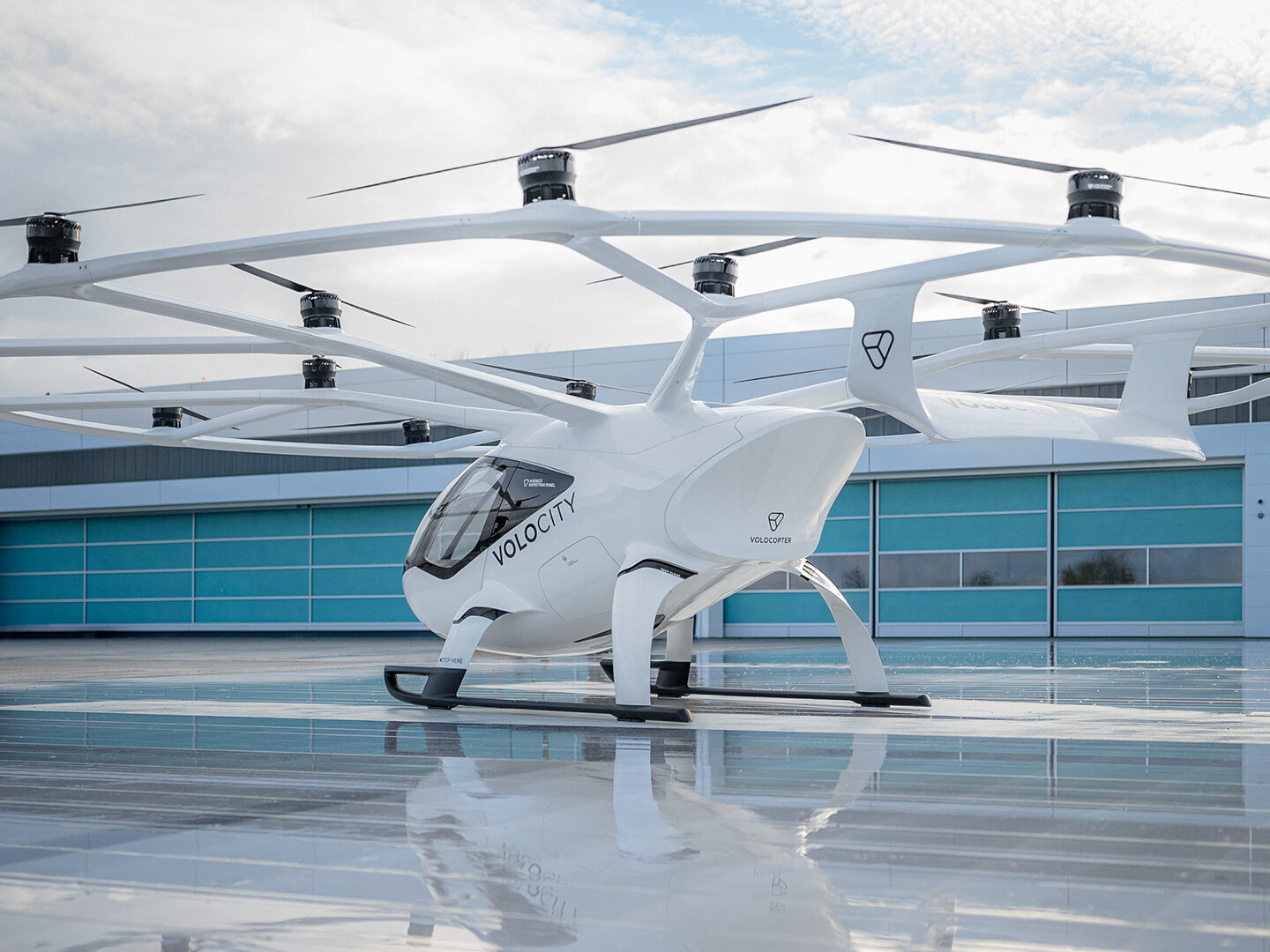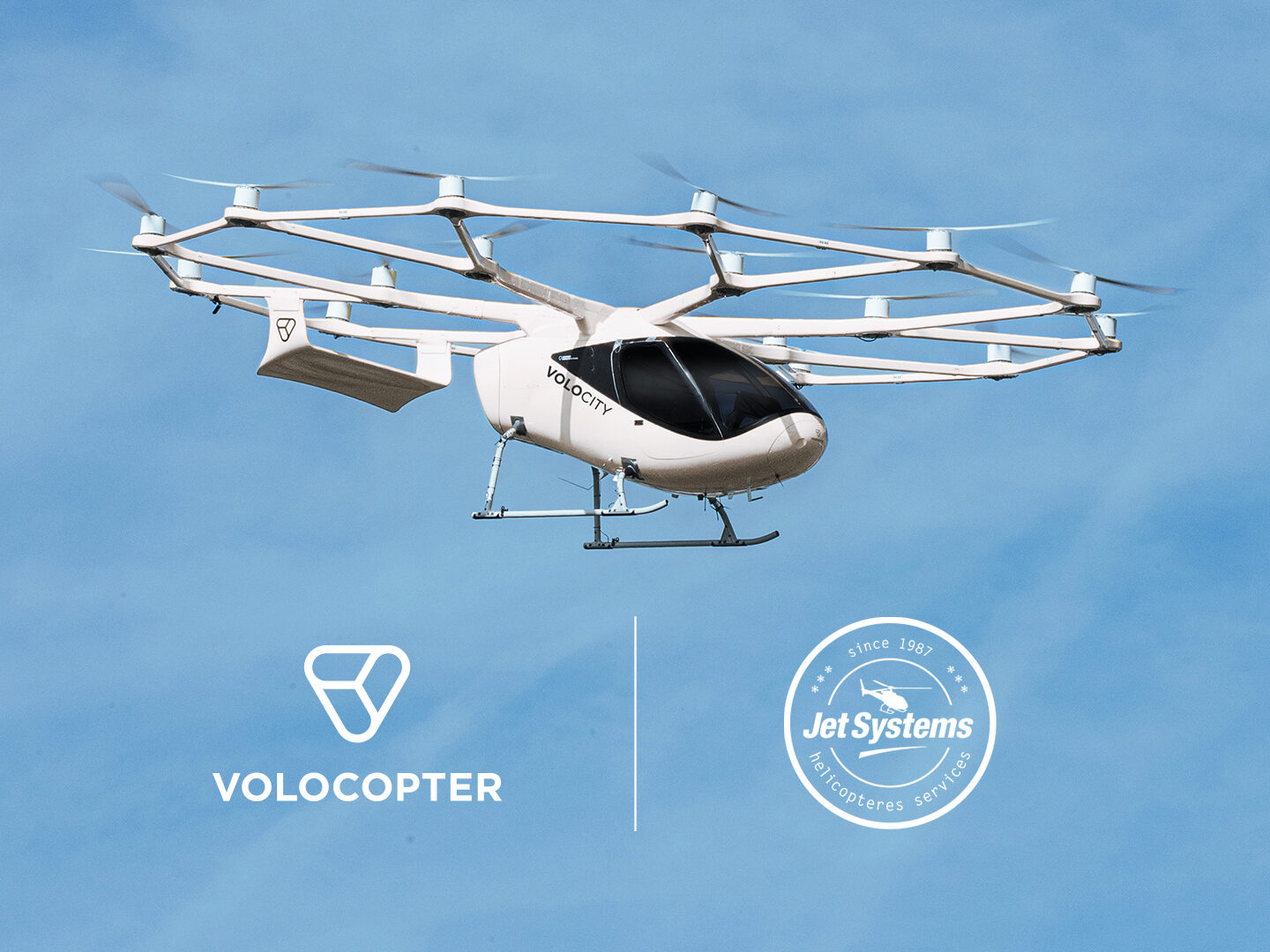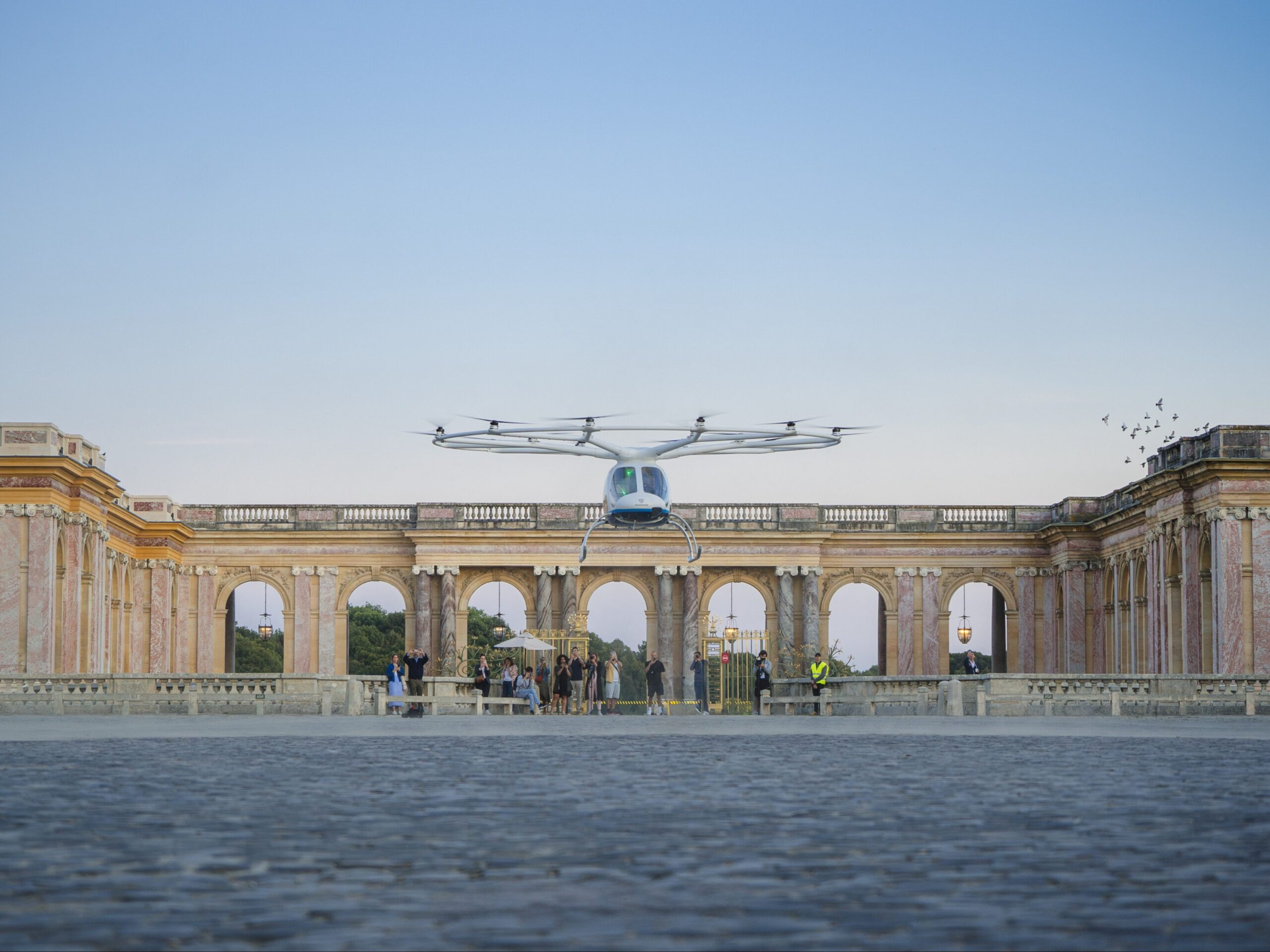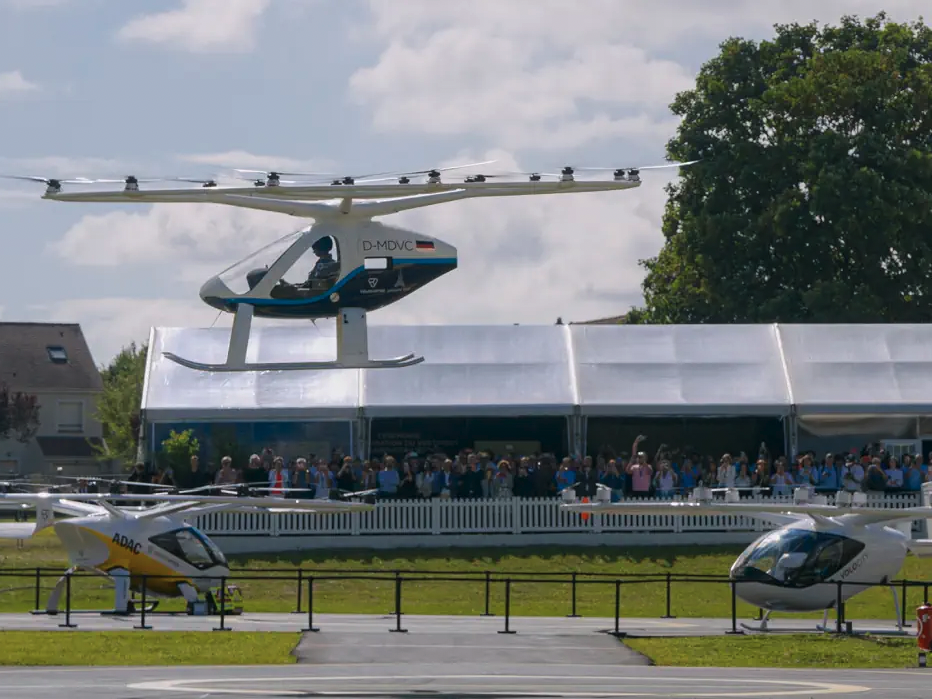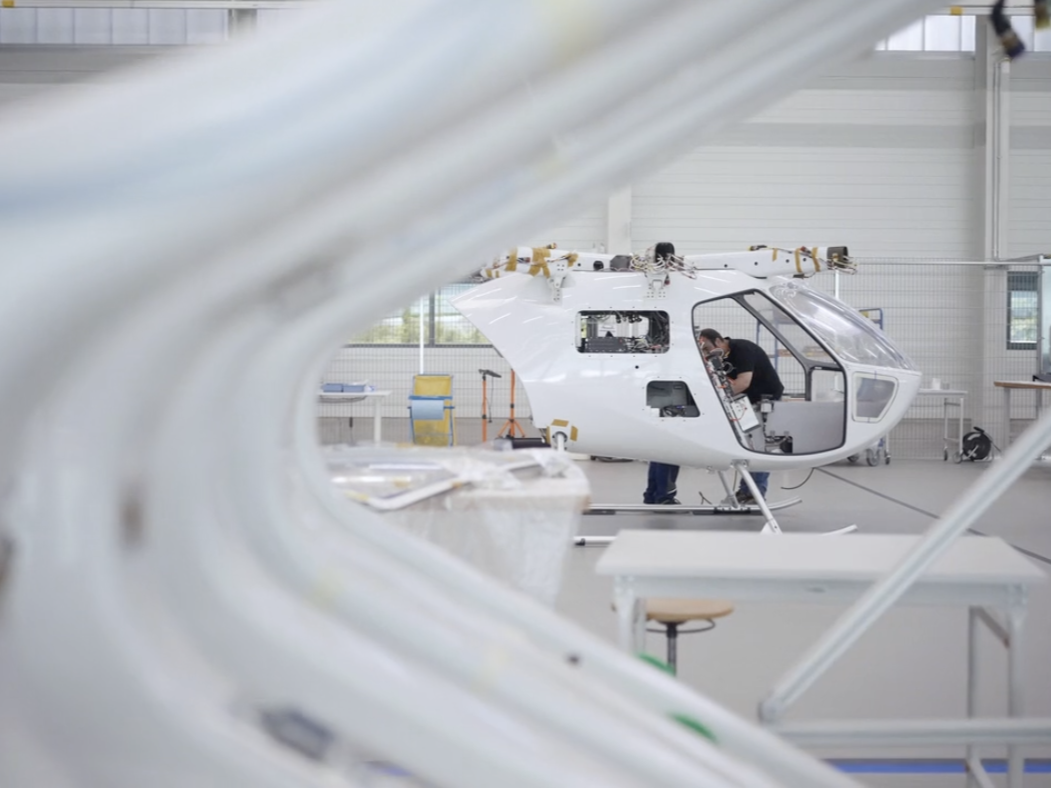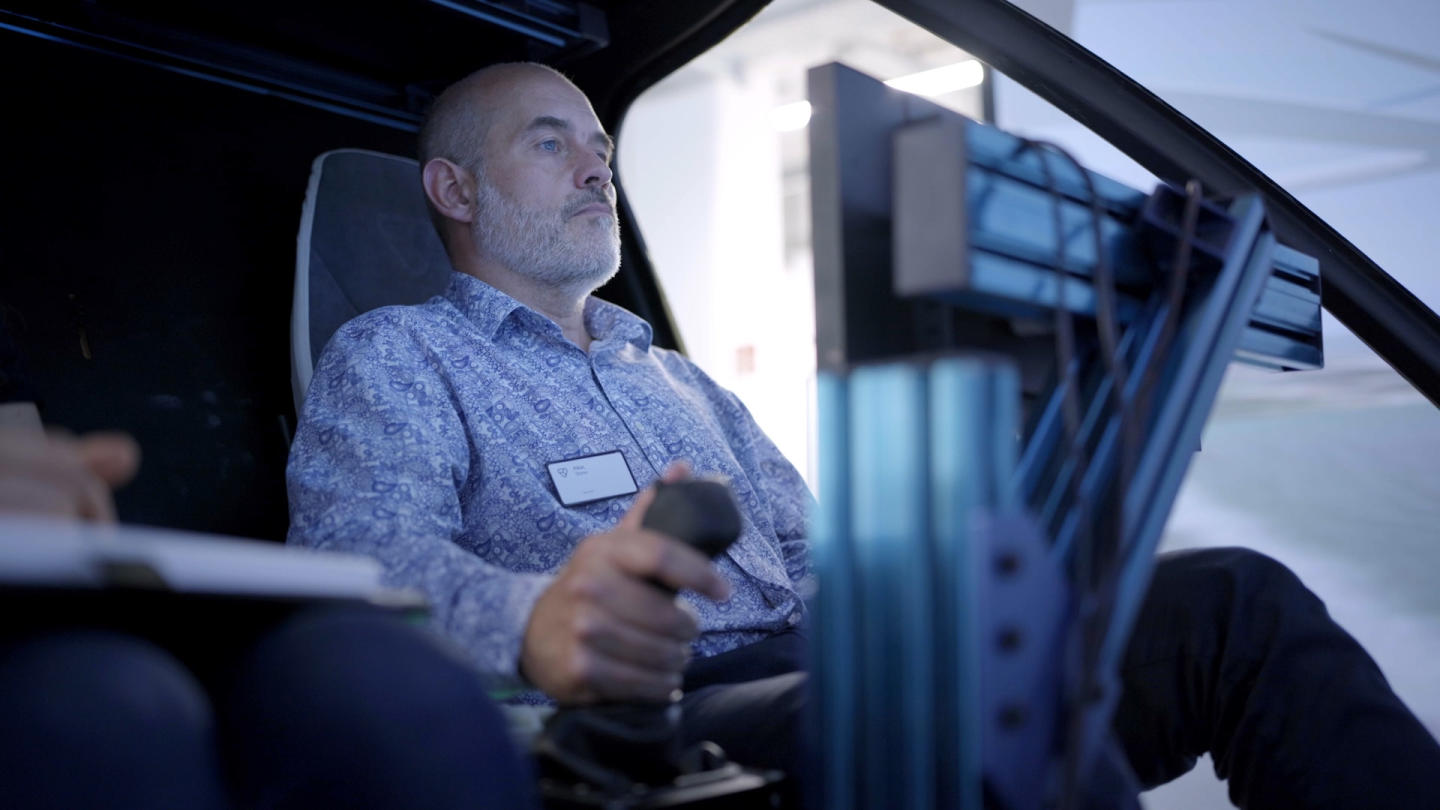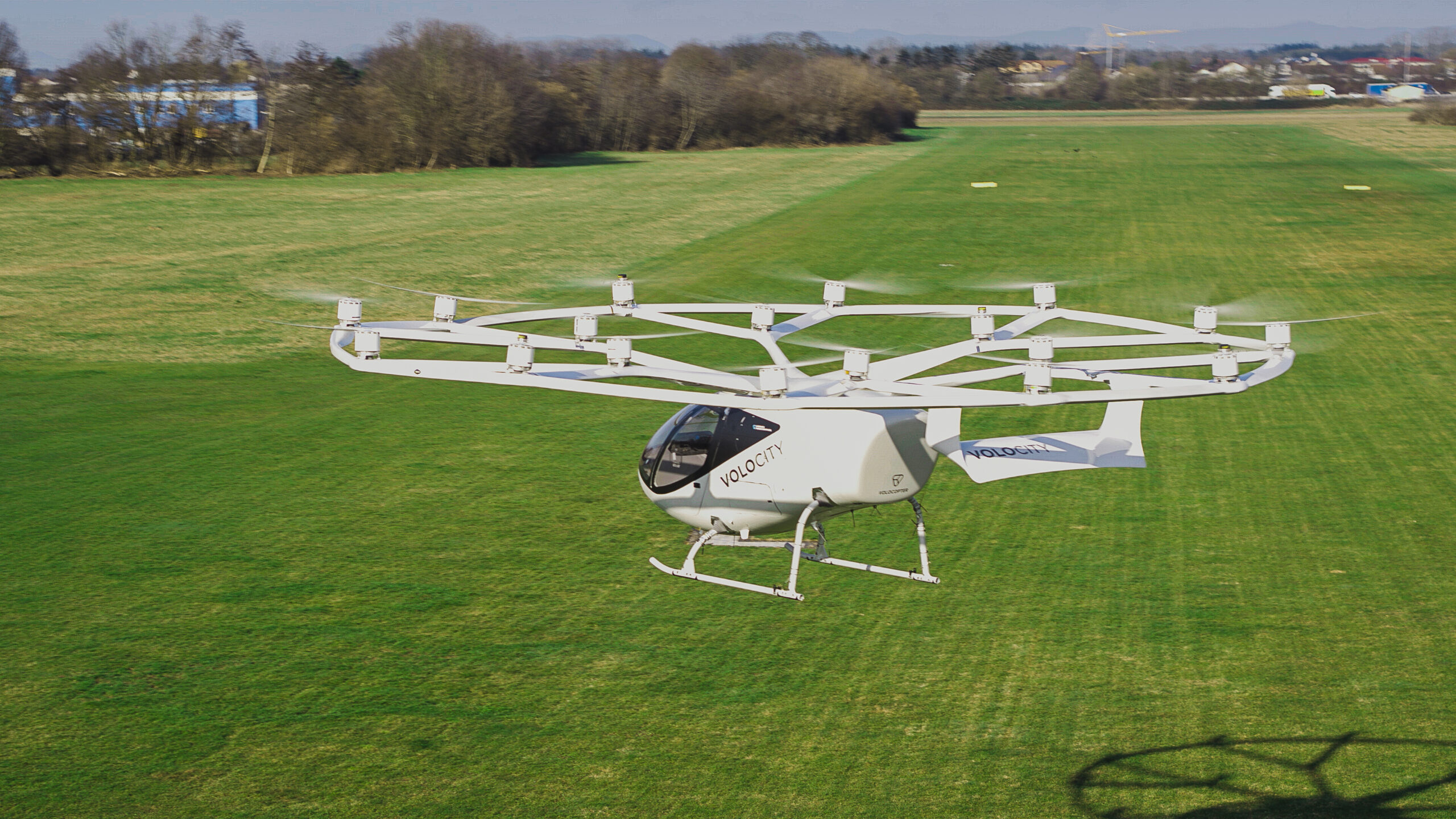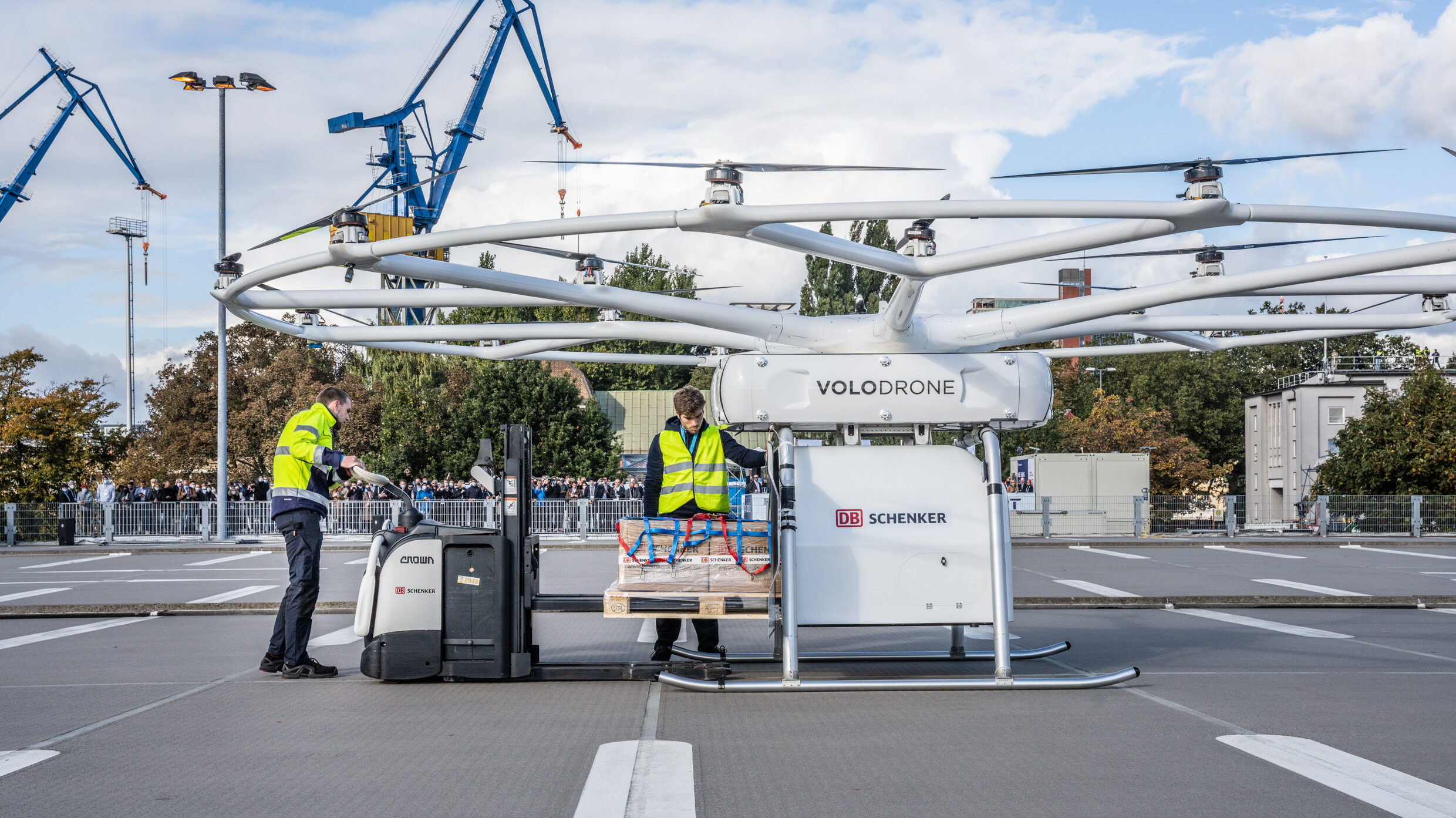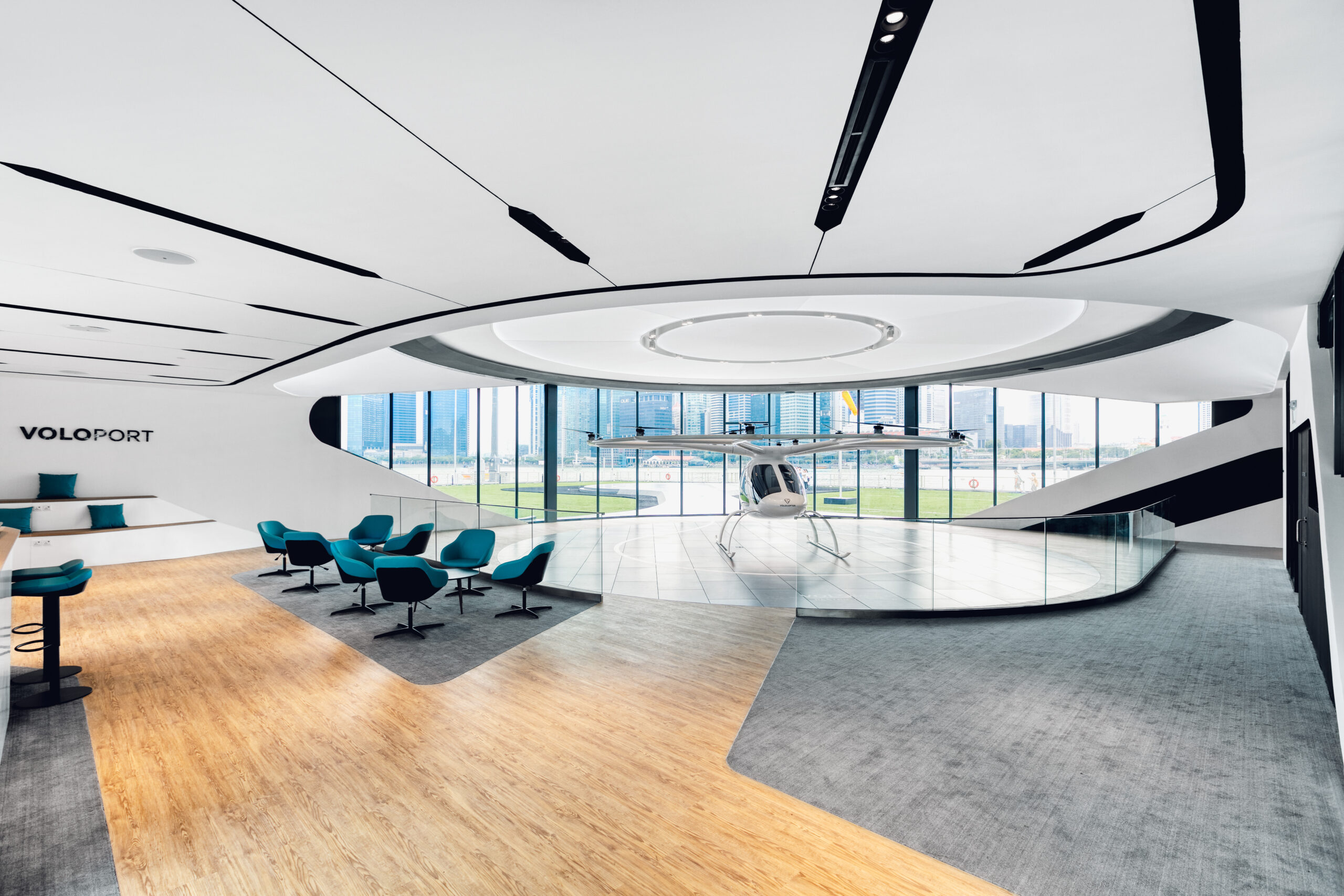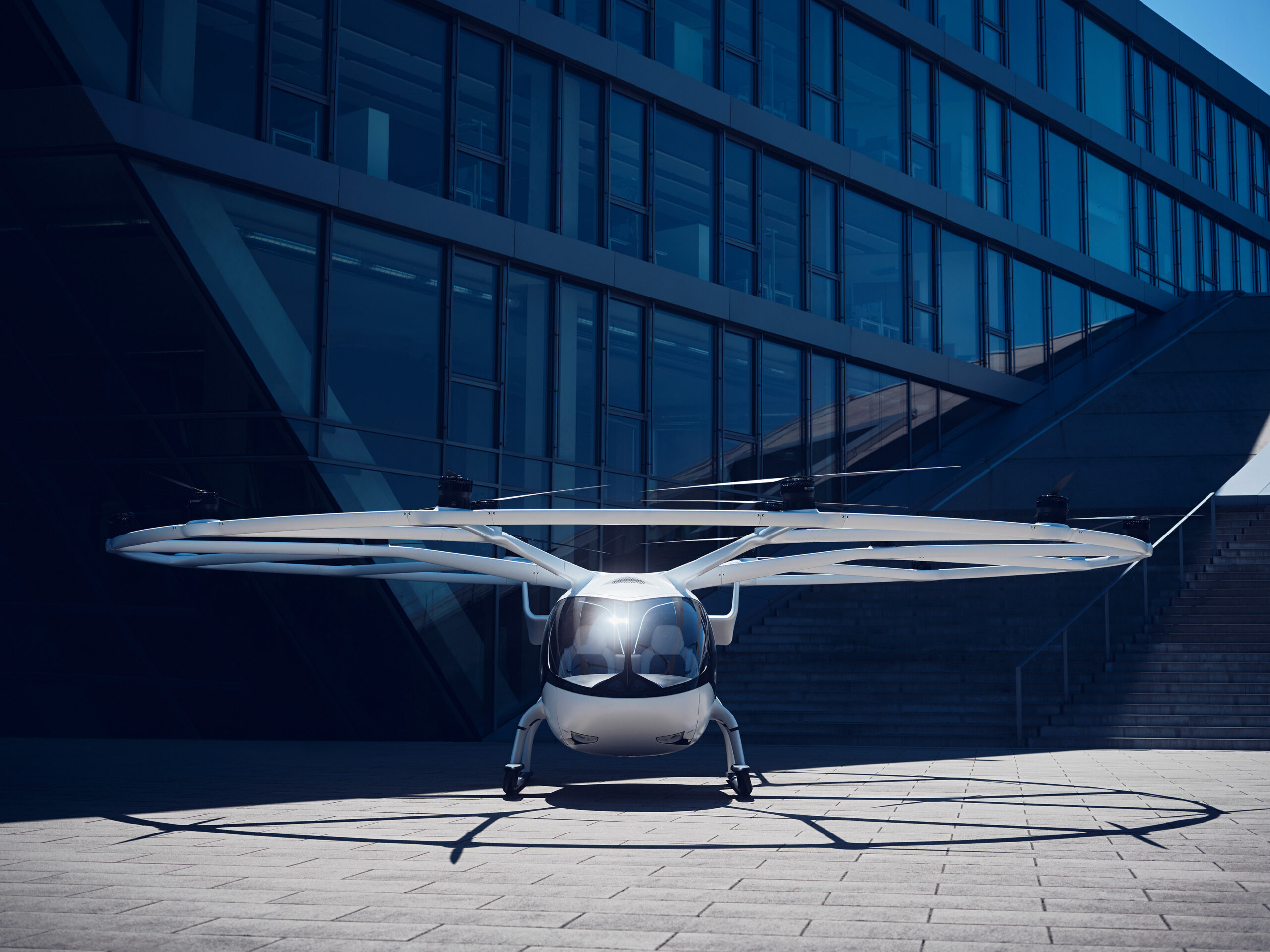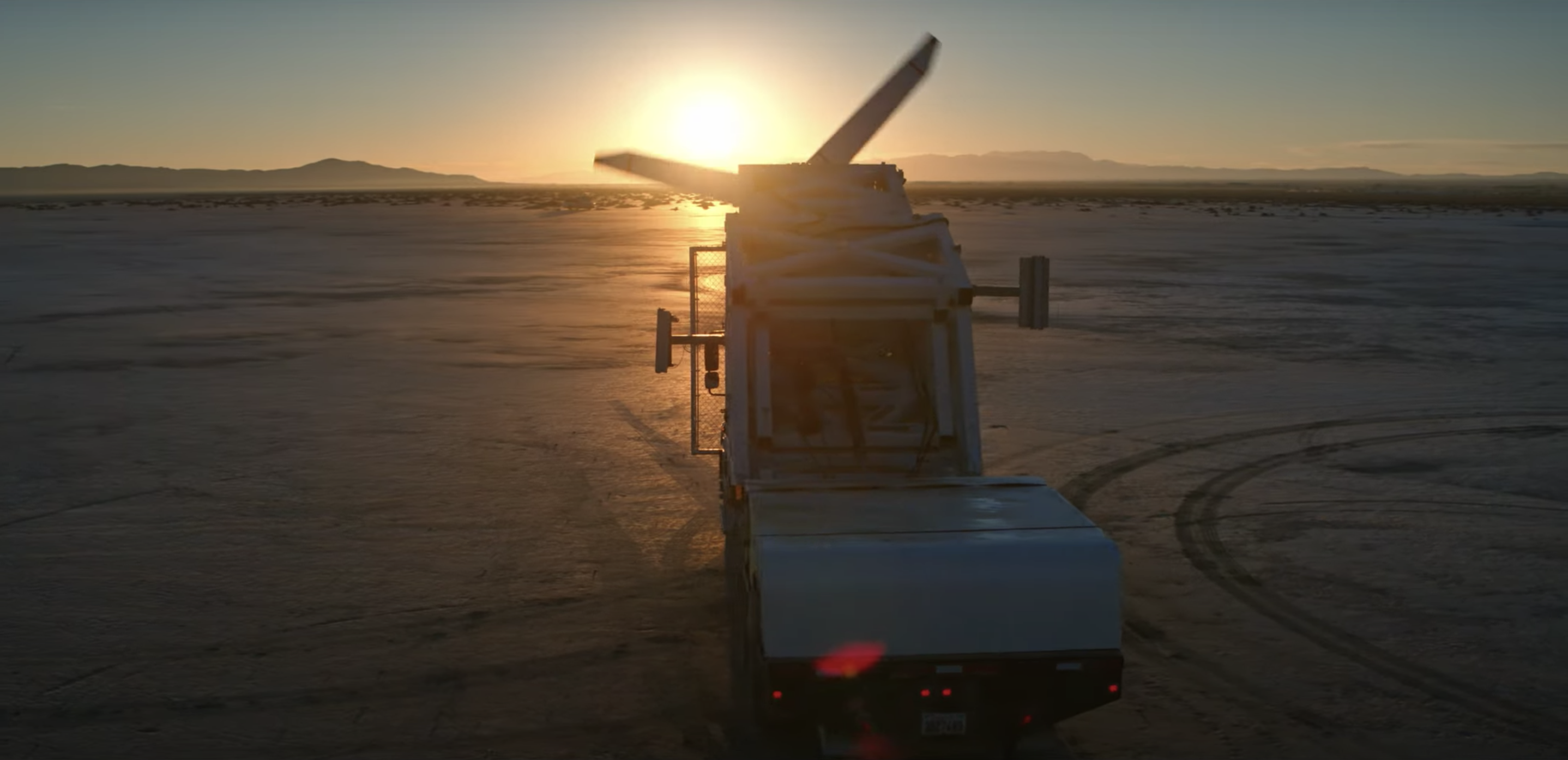Volocopter Conducts First Crewed eVTOL Flight in France
On 21 March 2022, Volocopter became a two-time pioneer as the first eVTOL developer to conduct both crewed and remotely piloted test flights in France. The crewed flights were part of a week-long urban air mobility (UAM) test campaign that will give Volocopter and its partners – Groupe ADP and RATP Group – key insights for subsequently launching the UAM industry in time for the 2024 Paris Olympic and Paralympic Games.

Volocopter’s full-scale testing prototype, the 2X, was used to perform successful flight tests at Pontoise airfield in Paris to measure the aircraft’s noise emissions. This data will be used by the company’s partners to shape the future of urban air mobility services in and around Paris.
Christian Bauer, Chief Commercial Officer of Volocopter, said:We have demonstrated our pioneering power once again here in Paris. By flying our aircraft in a crewed configuration at a Paris airport, we are proving to one of our launch cities firsthand that our aircraft will offer a practical addition for potential airport-to-city routes.
Volocopter first flew its electric vertical takeoff and landing (eVTOL) aircraft in France uncrewed at the Paris Air Forum held in June 2021. Together with its partners, the company is gearing up for commercial launch in the next 2–3 years.
UAM refers to a subcategory of advanced air mobility (AAM) and how advanced aircraft (i.e., eVTOLs) can operate in and around cities. Seen as an addition to existing transportation options, UAM supports the development of environmentally friendly mobility solutions and will offer cities worldwide a unique mix of urban multimodal transportation systems.
The UAM testing sandbox at Pontoise airfield addresses the challenges of this new form of mobility directly by assessing UAM solution use, acceptability, regulations, technologies, and industrialization. Furthermore, the airfield offers a real and secure aeronautical environment in a suburban area, 35 km northwest of Paris.
This article was originally published by Volocopter GmbH.



